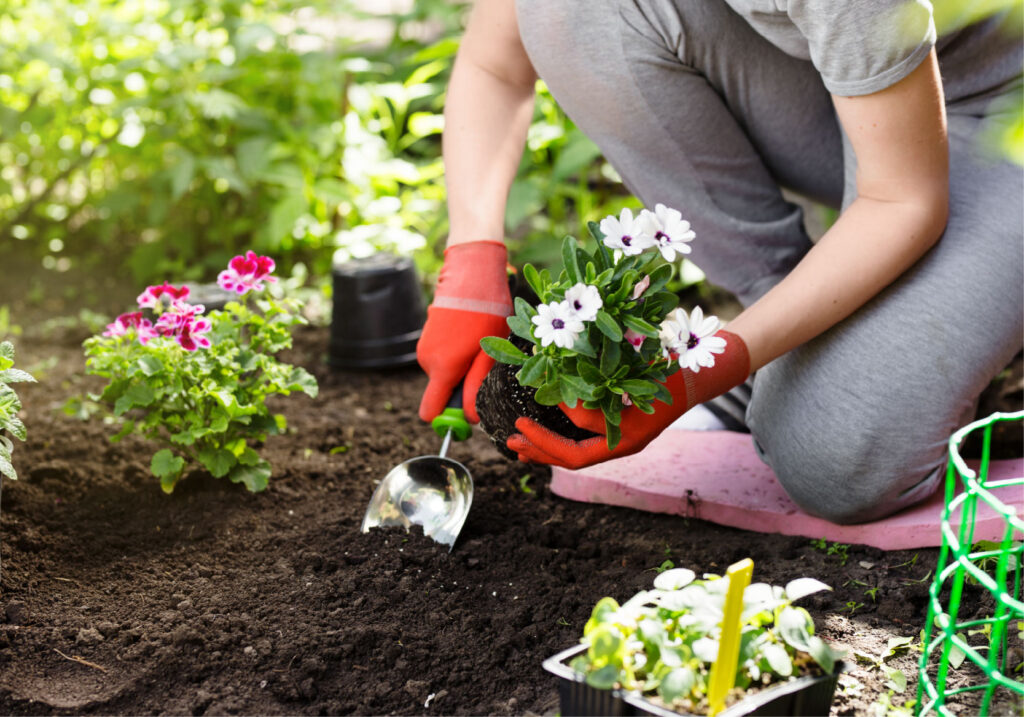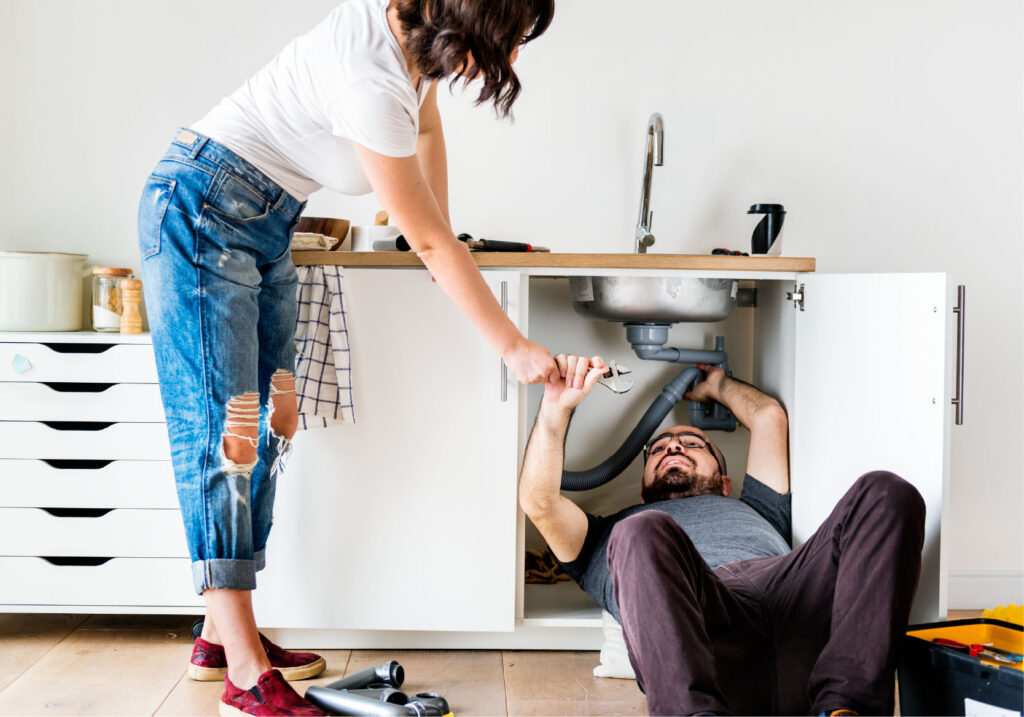A finished basement could be just the upgrade you need to create more living space and add value your home. Whether it’s a man cave or a lounge area, that cold and dark lower level of your home can be transformed into functional space. If you have been thinking about revamping your current basement, here are some things to keep in mind while remodeling.
1. Clear Out
The first thing that you will want to do is clean out whatever you may have stored in your basement. Even if you know the layout like the back of your hand and want to start planning right away, hidden foundational items could force you to change that. Having a clear field of view will expose anything like molds or cracks in the foundation that need to be immediately taken care of. If you do happen to run across an issue that looks serious, having a professional examine it will give you the best course of action to repair it. Clearing out your clutter will even allow you to sort through and get rid of unnecessary junk you have.
2. Sketch a Design
Once you have your basement cleaned and cleared out, it’s time to head to the drawing board. When you are designing, keep in mind the locations of various electrical and plumbing hookups to find a setup that will work best. You may find yourself changing plans a few times to accommodate for new items, and that is perfectly fine. It is better to amend the original plan as you go than after you have everything down and already put in place. You’ll also want to decide on room sizes and whether you want any specialized spaces—a bathroom, for example, or storage space with built-in features. Keep in mind that a more open concept will allow more light in and make your space feel bigger. You might also come to find that you’d like more height in your new basement. One way to go about this is to lower the floor itself, but this can be a costly addition. A more cost-efficient option is to try and divert duct work or piping.
3. Head Off Water Intrusion
The major problem that homeowners have to deal with is water seeping into their basement. Some ways to avoid this are making sure that water properly drains away from your house, sealing up any cracks or gaps in the foundation and installing drainage (floor drains or sump pumps) in the basement itself.
4. Get Practical with Mechanical Systems
Next, it’s time to deal with the mechanicals—crucial components of your home that keep its systems running. Try to keep appliances like your water heater, water softener, washer and dryer relatively close together. This will make it easier for repairs and inspections and will help add more space to your new basement. Updating wiring and piping is also a good idea to avoid any malfunctions in the future, and insulating pipes will help prevent heat loss and condensation from getting in your walls. Making sure you have your entire basement properly insulated will help maintain a consistent temperature overall, and you’ll end up saving on your electric bill in the long-run.
5. Choose the Right Lighting and Flooring
After your mechanical systems are in place, you can start to put in your flooring. Wooden or tile flooring is a good option if you are concerned about water still getting in, but otherwise, a comfy carpet will do the trick. Once flooring is in place, you’re ready to add lighting, whether it be ceiling cans or lamps. Utilizing window wells can also bring in natural light and reduce your energy consumption.
6. Add Personal Touches
Lastly, it’s time to start putting in furniture and finishing things off. Find an arrangement that will work well for your family and guests by keeping clutter to a minimum. Storing any infrequently used items, like holiday decorations, together and out of sight will help keep you organized. More frequently used items, like books and games, should be stored together in a more accessible area. Avoid purchasing oversized furniture, and instead, divide seating up between a few smaller chairs or sectionals. When it’s all said and done, you’ll love your new space to relax in or entertain friends during the big game.



